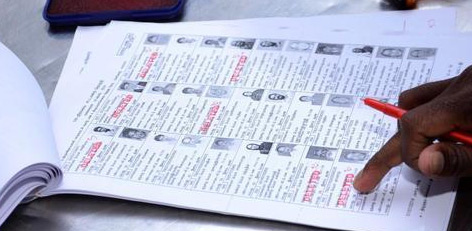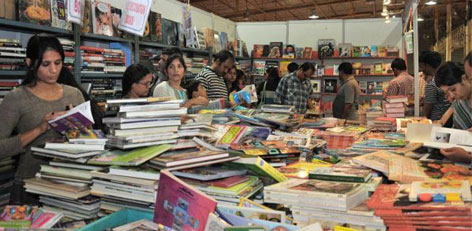Preventing infections during the monsoons
Posted on: 26/Dec/2016 12:46:21 PM

Here are a few tips to protect you from getting infections during the rainy season.
It is highly recommended that you carry an extra pair of clothing with you at all times during a rainy day. You can at least have a life-saving towel in your bag. A phase of incessant shivering is usually followed by a fever and common cold.
Avoid getting wet in the rain. This may sound redundant yet many people forget to carry an umbrella or proper rain gear. Carry rain-repulsive items and lower the chances of any disease catching you by surprise. In case your feet get wet, wipe dry with a towel immediately as moisture can lead to fungal infections.
Washing your hands remains at the top of the list when it comes to taking precautions during any season. Now during monsoon, bacteria and viruses become pro-active and there are countless ways in which you can come in contact with these microscopic monsters. Tap that liquid soap, carry a sanitizer, and act hygienic before every meal.
Flu virus can enter your body through the mouth, eyes, and even your nose. So try not to touch your face very often. Use the handkerchief to wipe your face and try to keep your hands off your face.
Your favorite street food items are prepared in open air, out on the streets, and are carriers of waterborne diseases. Pack your lunch, switch to healthy alternatives, and stop looking at those roadside stalls with such hungry eyes.
Herbal tea has a therapeutic effect on your body and can do wonders to your overall health. If you somehow ended up getting drenched in the rain, quickly prepare some herbal tea for yourself. Just add cloves, cinnamon, basil, pepper, and ginger to that brewing beauty and gulp it down. These are body warming ingredients which have other benefits too.
Your feet, if left exposed, can cause unwanted, ugly, and irritating skin infections. Moreover, exposed areas of your body are a platform for water-borne diseases as well. So keep yourself covered and be sure to �shoe� those bacteria and viruses away.







